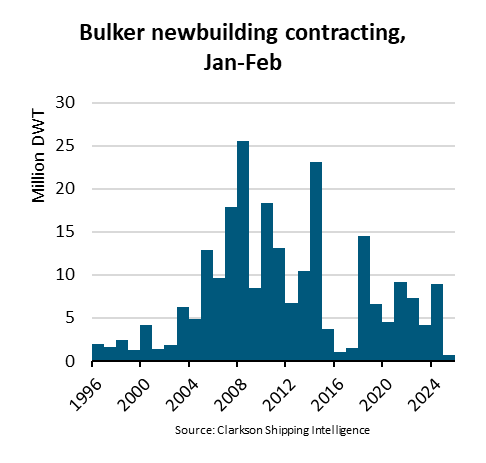
Crude oil flows from Malaysia to independent refiners in China witnessed a dramatic surge of more than 70% year on year in January, helping the Asian supplier to displace Brazil from the second spot, while Russia held on to the crown as the top supplier even with modest growth in volume.
The growing interest in Malaysian blends reflects the flexibility of China's independent refiners in embracing blended crudes.
Total imports from Malaysia were up by 76.4% year on year. It was up 35.7% from the December 2020 level. Malaysian inflows comprised of bitumen blend and Nemina blend — all blended grades but not necessarily produced in Malaysia.
In January, a total of 1.42 million mt of bitumen blend arrived into Shandong in 14 cargoes, mostly by small trading companies, with some names unheard of prior to this. Trade sources said those trading companies seem to be constantly changing names.
January imports of bitumen blend were 6% lower from the December level of 1.5 million mt — the highest in 2020. In addition, six cargoes of Nemina blend totaling 1 million mt were brought in by ChemChina and trading company Lawen Namu.
Just like bitumen blend, Nemina blend can be made from a basket of crudes from various origins.
Combined imports from Saudi Arabia, Iraq, the UAE and Oman have continued to play an important role in independent refineries' feedstock portfolio.
In January, around 6.52 million mt of crude arrived from those countries, up by 113% from 3.06 million mt in December. It accounted for about 40% of the supplies from the top 10 suppliers in January, compared with just 29% in December.
Saudi Arabian grades, totaling 2.17 million mt, were entirely taken by Hengli Petrochemical (Dalian) Refinery and Zhejiang Petroleum & Chemical. But many Shandong independent refineries preferred to ship in some of the other Middle Eastern grades, such as Oman, Upper Zakum, as well as Basrah Light, in January.
Imports of Middle Eastern grades are set to continue to rise this year, with the start-up of ZPC's 20 million mt/year Phase 2 project, and feedstock preparation ahead of the mid-2021 start-up of the 16 million mt/year Shenghong Petrochemical refinery in Jiangsu province.
NORWAY, BRAZIL, ANGOLA
While imports from the Middle East continued to rise, inflows from Brazil and Angola continued to slow down.
Inflows from Norway remained strong. A bulk of the imports from Norway were from Johan Sverdrup, output of which is expected to grow by another 220,000 b/d in 2021, with the second phase of the project eventually taking production to 720,000 b/d.
In January, four cargoes consisting of 1.08 million mt of Johan Sverdrup were imported by Qicheng Petrochemical, Chengda New Energy, Jincheng Petrochemical, Hualong Petrochemical, as well as PetroChina's trading company.
Imports from Brazil and Angola will likely continue to fall in the coming month, given their less competitive prices, according to sources.
S&P Global Platts collects information covering crude and bitumen blend imported for independent refineries in Shandong province, Tianjin, Zhoushan and Dalian, including 38 crude import quota holders and non-quota holders.
The barrels include those imported directly by the refiners, as well as cargoes bought by trading companies on behalf of the independent refiners that are discharged into tanks.
The 38 refiners have been awarded a combined total of 104.68 million mt of crude quotas in the first batch, accounting for 88.3% of the county's total allocations for the independent refining sector to date.
Source:Platts
The opinions expressed herein are the author's and not necessarily those of The Xinde Marine News.
Please Contact Us at:
media@xindemarine.com


 Ningbo Containerized Freight Index Weekly Commentar
Ningbo Containerized Freight Index Weekly Commentar  Ningbo Containerized Freight Index Weekly Commentar
Ningbo Containerized Freight Index Weekly Commentar  Ningbo Containerized Freight Index Weekly Commentar
Ningbo Containerized Freight Index Weekly Commentar  BIMCO Shipping Number of the Week: Bulker newbuildi
BIMCO Shipping Number of the Week: Bulker newbuildi  Ningbo Containerized Freight Index Weekly Commentar
Ningbo Containerized Freight Index Weekly Commentar  Ningbo Containerized Freight Index Weekly Commentar
Ningbo Containerized Freight Index Weekly Commentar